FAQ's
Got questions? We’ve got answers.
Whether you’re visiting Forza Chiropractic for the first time or just want to learn more about our care, this page covers the most common questions we hear from patients. If you don’t see what you’re looking for, feel free to reach out, we’re always here to help!
What is Chiropractic?
Chiropractic is a healthcare discipline that emphasizes the body’s natural ability to heal itself without the use of drugs or surgery.
It focuses on the relationship between the structure of the body—primarily the spine—and the function of the nervous system, and how that relationship affects overall health.
What do Chiropractors do?
Chiropractors are specially trained to identify and correct spinal misalignments, known as vertebral subluxations.
Through precise chiropractic adjustments, they restore proper spinal movement and reduce nervous system interference to support overall health. Chiropractors also promote wellness by encouraging good nutrition, regular exercise, and mental well-being, and will collaborate with other healthcare professionals when it benefits the patient.
What training do Chiropractors have?
Chiropractors must complete a minimum of three years of postsecondary education before entering chiropractic college, often after earning a bachelor’s degree.
Accredited chiropractic programs require rigorous study comparable to medical school, including diagnosis, patient management, and hands-on clinical training. Chiropractors must pass national board exams and be licensed by state or provincial regulatory bodies.
Do I need to keep coming back?
Chiropractic care is customized to meet each patient’s needs—whether you’re dealing with pain, recovering from injury, or maintaining your health.
Many families choose ongoing care as a proactive strategy, rather than waiting for symptoms to arise. Routine chiropractic visits can be part of a healthy lifestyle alongside exercise and proper nutrition.
What is a Chiropractic Adjustment?
A chiropractic adjustment is a specific, controlled force applied to a joint to restore motion, correct misalignments, and reduce nerve interference.
There are many adjustment techniques, and your chiropractor will choose the ones most appropriate for your body and condition.
What is a subluxation?
A vertebral subluxation is a misalignment or dysfunction in the spine that disrupts normal nerve function.
This interference can affect overall health, and chiropractors are trained to detect and correct it.
Are adjustments safe?
Yes. Chiropractic is a non-invasive, drug-free approach to health, and the associated risks are very low.
Licensed chiropractors are extensively trained to perform adjustments safely and effectively. Each patient is assessed individually to ensure care is appropriate.
Do adjustments hurt?
Most adjustments are painless and often provide immediate relief.
In some cases, minor soreness may occur, similar to what you might feel after a workout—it is typically mild and temporary.
How long before I feel better?
Some patients feel relief after their first adjustment, while others may require more time depending on the severity and duration of their condition.
Other health factors and consistency with the recommended care plan also influence your results.
How Can Adjustments Help Beyond the Spine?
Correcting subluxations improves nervous system function, which can positively affect all systems in the body.
Chiropractors are trained to evaluate and treat musculoskeletal issues beyond the spine as well.
What’s the “Popping” Sound During Adjustments?
That sound is simply gas being released from the joints—similar to cracking your knuckles.
It’s completely normal and not usually associated with any discomfort.
Why do I need adjustments if I’m not in pain?
Subluxations often develop silently before any pain appears.
Your body compensates for dysfunction in the short term, but without correction, it can lead to larger issues. Regular chiropractic checkups help maintain healthy spinal and nervous system function.
What insurance do you accept?
We accept all major PPO medical plans. We are in-network with BCBS, Aetna, and Medicare.
We also accept Cigna and UHC, though we are considered out-of-network for those.
We do not accept Medicaid or HMO plans, as these policies do not offer chiropractic coverage. This is determined by the insurance providers, not our office.
Before your first visit, we offer free insurance verification. Once you schedule your consultation, we’ll collect a copy of your insurance card so we can check your benefits. During your first appointment, we’ll review any costs and what your plan covers.
What if I Don’t Have Insurance?
No problem. Many of our patients are self-pay.
Because each case is different, pricing depends on your condition and the recommended care. Please call our office, and a team member will walk you through what to expect.
How Much Does It Cost?
Costs vary depending on your insurance coverage and your individual care needs.
Every patient goes through a two-day new patient process. After a detailed exam, digital X-rays (if medically necessary), and a full assessment, Dr. Drew will create a personalized treatment plan. This ensures a long-term solution, not just a quick fix. Costs are discussed clearly before treatment begins.
What Do I Do as a New Patient?
We use a thorough two-day onboarding process to understand your condition and build a customized care plan.
Day 1: You’ll meet one-on-one with Dr. Drew for a health history, physical and orthopedic exams, and digital X-rays (if needed).
Between visits: Dr. Drew consults with our in-house radiologist to analyze your X-rays.
Day 2: You’ll review your exam findings, X-rays, and personalized care plan. We’ll also go over your insurance coverage or self-pay options. Once everything is clear, your first treatment will be provided.
This in-depth approach allows us to deliver the most effective care possible—and it’s a big reason why we’ve earned over 500 five-star reviews from happy patients.
Questions are the root of all answers.
Don’t Be Shy!
